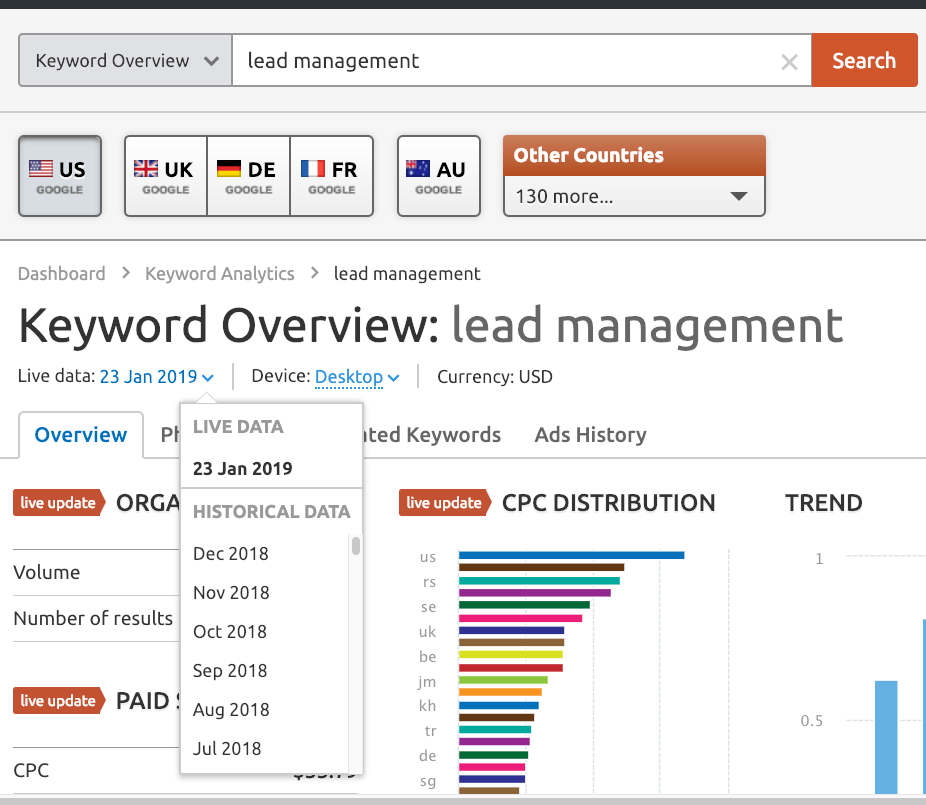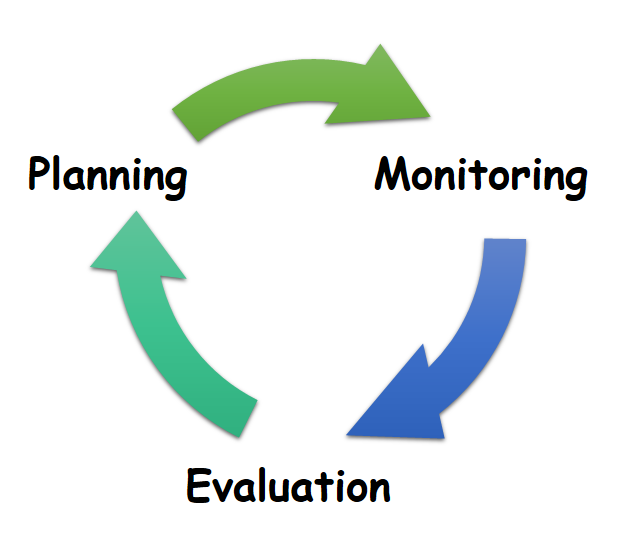
In the ever-changing world of search, one thing is clear: adaptability is the key to long-term success. Search Engine Results Pages (SERPs) have evolved far beyond simple blue links. With features like featured snippets, video carousels, local packs, and People Also Ask boxes dominating the landscape, SEO strategies must evolve in tandem.
This article will guide you through the concept of an Adaptive SERP Strategy—a dynamic approach that adjusts tactics as search features evolve. Whether you’re a seasoned marketer or just starting out, understanding how to stay ahead of these changes is crucial for maintaining visibility and driving organic traffic.
What Is Adaptive SERP Strategy and Why It Matters
An Adaptive SERP Strategy is a proactive approach to SEO that focuses on optimizing content and website structure to align with the changing nature of search engine results pages. Rather than fixating solely on ranking for specific keywords, this strategy emphasizes understanding user intent, leveraging emerging search features, and continuously refining tactics based on real-time data.
The importance of this strategy lies in the fact that search engines are constantly updating their algorithms and layout. For example, Google now prioritizes rich snippets, video content, and local listings over traditional organic results. If your content doesn’t align with these new formats, even if it ranks high, it may go unnoticed by users who find answers in these rich features.
According to Backlinko’s research, 75% of clicks go to the top three results, but many of those results are buried beneath rich features. This means that simply ranking #1 isn’t enough anymore—it’s about appearing in the right places within the SERP.
How Adaptive SERP Strategy Impacts SEO Performance
An adaptive SERP strategy directly influences several critical aspects of SEO performance:
1. Increased Visibility
By targeting SERP features like featured snippets, video carousels, and knowledge panels, you increase the chances of appearing in multiple spots on the same page. This not only boosts your visibility but also improves your brand’s authority.
2. Improved User Engagement
Content optimized for rich features tends to be more interactive and informative, which can lead to higher dwell time, lower bounce rates, and more shares—all of which signal to search engines that your content is valuable.
3. Better Conversion Rates
When your content appears in the right format, it becomes more actionable. For instance, a product listing with images, reviews, and pricing information is more likely to convert than a generic blog post.
4. Enhanced Authority Signals
Appearing in multiple SERP features helps build trust and credibility. Search engines view this as a sign that your content is relevant, authoritative, and aligned with user intent.
Step-by-Step Implementation Framework
Implementing an Adaptive SERP Strategy requires a structured approach. Here’s a step-by-step framework to help you get started:
1. Define or Audit the Current Situation
- Use tools like Google Search Console, Ahrefs, or Semrush to analyze your current SERP presence.
- Identify which SERP features your content currently appears in (e.g., featured snippets, image results, video carousels).
- Determine which keywords are driving traffic and which ones are underperforming.
2. Apply Tools, Methods, or Tactics
- Target existing SERP features: Analyze the structure of content that already appears in rich features for your target keywords. Replicate that format.
- Leverage structured data: Implement schema markup to enhance your visibility in rich snippets, knowledge panels, and other features.
- Optimize for mobile: Ensure your content is mobile-friendly and loads quickly, as mobile-first indexing is now the norm.
- Create video content: Video is increasingly dominant in SERPs. Create high-quality, keyword-optimized videos and host them on platforms like YouTube.
3. Measure, Analyze, and Optimize
- Track your SERP feature performance using tools like SEMrush, Ahrefs, or Google Trends.
- Monitor click-through rates (CTRs), dwell time, and bounce rates to understand how users interact with your content.
- Use A/B testing to refine your content and improve engagement.
- Regularly update your content to reflect new trends and algorithm updates.
Real or Hypothetical Case Study
Let’s take a hypothetical example of a small business, GreenLeaf Organics, an online store selling organic skincare products. Initially, they ranked well for keywords like “organic moisturizer,” but their traffic wasn’t increasing as expected.
Upon analyzing their SERP presence, they noticed that videos, image carousels, and product listings were dominating the results. They decided to implement an adaptive SERP strategy:
- They created product review videos and uploaded them to YouTube.
- They added schema markup to their product pages to appear in rich snippets.
- They optimized their product images with descriptive alt text and file names.
- They created FAQ pages to target the “People Also Ask” section.
Within six months, GreenLeaf Organics saw a 40% increase in traffic, a 25% boost in conversion rates, and higher visibility across multiple SERP features.
Tools and Techniques for Adaptive SERP Strategy
To effectively implement an Adaptive SERP Strategy, consider using the following tools:
- Ahrefs – For tracking SERP features and keyword rankings.
- Google Search Console – To monitor your site’s performance and identify technical issues.
- Schema.org – For implementing structured data and enhancing rich snippets.
- SEMrush – To analyze competitor strategies and identify gaps.
- YouTube Studio – For optimizing video content and improving visibility in video carousels.
- Google Trends – To track seasonal trends and adjust your strategy accordingly.
Future Trends and AI Implications
As AI continues to shape the future of search, adaptive strategies will become even more critical. Google’s Search Generative Experience (SGE) and AI-powered answer boxes are already changing how users interact with search results.
To stay ahead:
– Focus on natural language and conversational content that aligns with how users ask questions.
– Invest in multimodal content (text, video, audio, and images) to cater to different search formats.
– Use AI-driven analytics tools to predict and respond to algorithm changes in real time.
The key takeaway is that SEO is no longer just about keywords—it’s about building content that resonates with users and adapts to evolving search behavior.
Key Takeaways
- Adaptive SERP Strategy is essential for staying relevant in a rapidly changing search landscape.
- SERP features like featured snippets, video carousels, and local packs now dominate user attention.
- Continuous monitoring and optimization are required to maintain visibility and drive traffic.
- Tools like Ahrefs, SEMrush, and Google Search Console help track and refine your strategy.
- Future-proofing your content involves leveraging AI, multimodal formats, and natural language.
As search engines continue to evolve, so must your SEO strategy. By embracing an Adaptive SERP Strategy, you’ll not only stay ahead of the curve but also position your content to thrive in the next era of search.
Meta Title: Adaptive SERP Strategy — Stays Ahead as Search Features Evolve
Meta Description: Learn how to master an Adaptive SERP Strategy to stay ahead as search features evolve. Discover actionable steps to optimize for rich snippets, video, and more.
SEO Tags (5): Adaptive SERP Strategy, SEO Evolution, Rich Snippets, Search Features, Content Optimization
Internal Link Suggestions: [Parameter 1: Search Intent Alignment], [Parameter 2: Topical Depth & Relevance], [Parameter 101: Adaptive SERP Strategy]
External Source Suggestions: Backlinko – The Importance of Featured Snippets, Google Search Console Help Center, Schema.org Documentation








